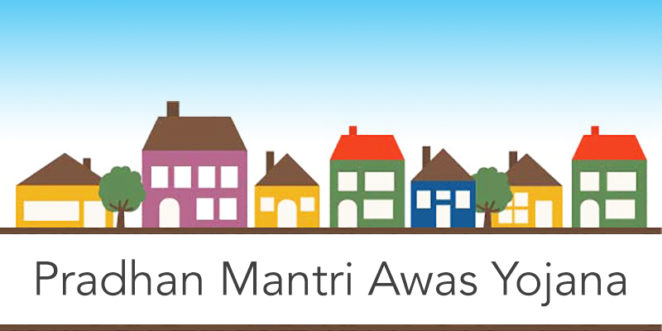Pradhan Mantri Awas Yojana is a visionary undertaking which aims to provide “Housing for All” by the 31st of March, 2022. The scheme was launched in 2015, to help people from the Economically Weaker Sections (EWS), Lower Income Groups (LIG), and Middle Income Group (MIG) to acquire or build their own residence.
One of the main Pradhan Mantri Awas Yojana benefits is a subsidised interest rate for a home loan. PMAY is available for people whose annual household income is up to Rs. 18 Lakh. With the financial backing of over Rs. 2 Trillion, this central government scheme aims to build up to 2 Crore houses in urban areas all over India.
What is the PMAY Scheme?
PMAY is a credit linked incentive plan to provide home loan subsidy to suitable borrowers. The subsidy ranges from 3% to 6.50% for loan amounts of Rs. 6 Lakh to Rs. 18 Lakh.
The interest subsidy will not apply on the entire loan amount. Also, the loan tenor should be a maximum of 20 years only. For Economically Weaker Sections and Lower Income Groups, the subsidy will be available on a maximum of Rs. 6 Lakhs. For Middle Income Groups, it will be available on loans of Rs. 9 Lakhs to Rs. 12 Lakhs.
Also, an EWS or LIG applicant of Pradhan Mantri Awas Yojana benefits from the freedom to use the funds for renovation or construction of their existing property. If an applicant falls under the PMAY-G (Gramin) segment, they can enjoy a credit linked subsidy of 3% on their home loans of up to Rs. 3 Lakh.
How to Get a Subsidy from Pradhan Mantri Awas Yojana?
As per the Pradhan Mantri Awas Yojana, the financial institution you apply a home loan from is entitled to the subsidy on your behalf. According to RBI loan guidelines after you apply for a home loan from a financial institution or an NBFC and it gets approved, you can head over to the official website of PMAY to download the application form for the scheme. The entire process is kept simple for the ease of everyone. It is one of the key benefits of the Pradhan Mantri Awas Yojana.
You will have to fill a copy of this form with the necessary details and send it along with the required documents to your nearest housing department branch. If you are eligible for the subsidy, the application will go to CNA, and the subsidy amount will go to the lender who provided you the home loan.
The individual eligible for Pradhan Mantri Awas Yojana benefits will get the money via Direct Benefit Transfer (DBT) program. Electronic transfer allows the beneficiary to receive updates and check the status of the credit online. Details of the scheme will be available on the official website under a beneficiary’s username and password.
Eligibility for PMAY
You will have to meet the following eligibility criteria to apply for the Pradhan Mantri Awas Yojana benefits.
- You should be an unmarried individual or a member of a family that includes your spouse, parents, and unmarried children.
- You or any of your family members should not be house owners. Also, PMAY will not be eligible for you or your family members if anyone has already availed another government-backed housing scheme in the past.
- Your family’s net income should be between Rs. 3 Lakh to Rs. 18 Lakh a year. If you are married, it will include you and your spouses combined income.
- An applicant under Rs. 3 Lakh to Rs. 6 Lakh range will earn a subsidy of 6.5%, whereas applicants earning Rs. 6 Lakh to Rs. 12 Lakh will get 4%, and Rs. 6 Lakh to Rs. 18 Lakh will get 3% subsidy.
- The carpet area of the house should be between 30 sq. mt to 200 sq. mt.
One can even pair this scheme with an unsecured loan if they want more financial backing. Unsecured advances like personal loans do not come with end-user restrictions. So you can use it for your financial requirements.
PMAY is a great initiative to provide a sustainable and eco-friendly living quarter for the low-income groups in urban and rural areas. The considerable subsidy can help one to save a lot of money while paying their home loan.


